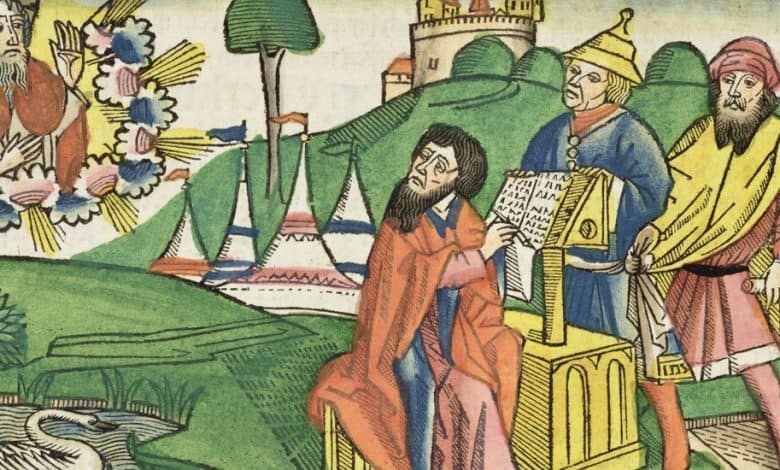The Hidden Figures Who Spread the Gospel

GOD’S GHOSTWRITERS: Enslaved Christians and the Making of the Bible, by Candida Moss
Near the end of the Epistle to the Galatians, the Apostle Paul adds a comment on his clumsy penmanship: “Look at what big letters I have written to you with in my own hand.”
Rhetorically, it’s a stamp of authenticity. Forged texts were common in the flux of early Christianity, so here is proof that Paul (who was possibly nearsighted) endorsed this message. It’s also an arresting reminder that the Epistle really was a letter, and that the Bible really is a biblion — a papyrus-and-ink book, transcribed (at a minimum) by individual human hands.
In “God’s Ghostwriters: Enslaved Christians and the Making of the Bible,” Candida Moss stresses the further implications of Paul’s remark, ones that have often been overlooked. Like most writers in the Roman world, she points out, Paul mostly didn’t write. The force of his aside comes from the fact that he didn’t often take up a pen; he was making a special effort as a sign of his conviction. Instead, he dictated, to skilled aides, who — though euphemized as “secretaries” or “amanuenses” — were quite likely enslaved.
Such workers, argues Moss, a professor of theology at the University of Birmingham, were more than mouthpieces but “co-authors, meaning-makers, missionaries and apostles in their own right.”
Slavery was everywhere at Rome. Around the time of Christ, something like a quarter of the population of Italy was enslaved. In the countryside, enslaved people workedincreasingly consolidated large farms. In the city, they filled innumerable roles created by the Romans’ love of luxury, thirst for status and sinister genius for hierarchical classification: cook, wet nurse, bookkeeper, colorator (furniture polisher), a tabulis (keeper of pictures), ab argento (keeper of silver), nomenclator (rememberer of guests’ names) and dozens more. Among them were the scribes, readers and messengers who are Moss’s main subjects.
